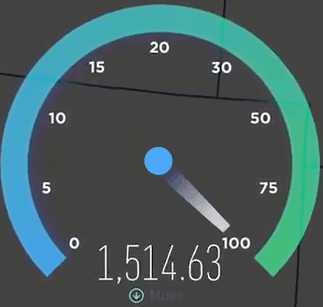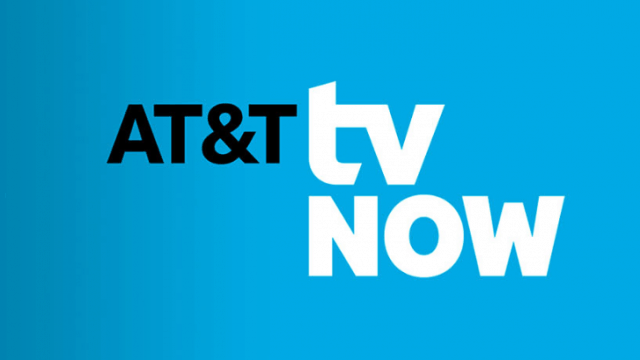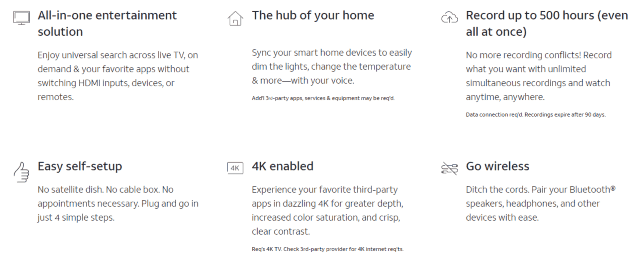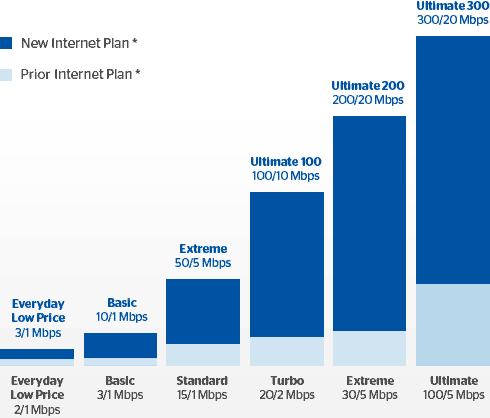 Frontier Communications customers across Rhinelander, Wis. were left without phone and internet service for a day after a construction crew cut fiber optic and copper cables that Frontier earlier promised to move, but never did.
Frontier Communications customers across Rhinelander, Wis. were left without phone and internet service for a day after a construction crew cut fiber optic and copper cables that Frontier earlier promised to move, but never did.
In early July, service across parts of the city of 8,000 was knocked out as construction crews worked on a new roundabout, severing communications cables thought to be inactive. As a result, area businesses could not process credit card transactions, the local airport was disrupted, and medical clinics had to resort to cell phones to manage information about their patients.
Frontier later aggravated state officials by putting the blame for the outage on the construction crew.
“Frontier notified the contractor the cable was still in place and that its location was properly marked. It appears, the backhoe operator did not verify the depth of the cable, resulting in the cut,” said Frontier spokesman Javier Mendoza in an email at the time.
But a local TV station unearthed documents with an open records request that now point the finger of responsibility solely at Frontier.

Rhinelander, Wis.
On July 3, the Wisconsin Department of Transportation notified Frontier it was in violation of the Wisconsin Administrative Code because the company had promised to move the communications cables prior to the roundabout construction, but apparently never did.
“Unfortunately, Frontier did not relocate its facilities into this new conduit and never shared that fact with anyone. This caused the existing facility to be cut,” according to DoT utility engineer Chris Peplinski. The project manager, Dan Erva, wrote a frustrated internal email about the debacle that same day.
“At no point did anyone from Frontier or their contractors let us know that they did not relocate and [abandon] the lines as indicated in the work plan and contract special provisions,” Erva wrote.
Frontier could be held financially liable for the contractor delays.
This has not been the first frustrating experience customers and Wisconsin officials have had dealing with Frontier. In April, one outage left more than three dozen Rhinelander customers without service for weeks, and customers accused the company of being unable to give any straight answers about how and when service would be restored. Among those affected, one customer relying on medical monitoring equipment. She reportedly was given the runaround and even hung up on by Frontier customer service.
Frontier blamed April’s outage on a difficult-to-diagnose problem with a damaged high-capacity telecommunications cable. Frontier officials suggested construction crews were responsible for that damage as well.
“The assessment process for isolating damage to such cables generally takes significant time,” a Frontier spokesperson told WJFW-TV.
Some customers told the TV station they now understand what “significant time” means when dealing with Frontier.
“About 10 days [into the outage] a Frontier truck came around and I asked him, and he says ‘Oh about two days,'” said Sonny Paszak, who relies entirely on his landline. “Well, that was 10 days ago and I still haven’t got it.”
WJFW in Rhinelander, Wis. spoke earlier this year with frustrated Frontier landline customers that lost service for weeks. (2:45)
 Verizon, AT&T, and T-Mobile’s 5G launches are blazing fast, when you can find a signal, but your phone will also get blazing hot while using it.
Verizon, AT&T, and T-Mobile’s 5G launches are blazing fast, when you can find a signal, but your phone will also get blazing hot while using it.

 Subscribe
Subscribe Verizon Wireless customers with older devices still reliant on 3G CDMA technology will be able to continue using them on Verizon’s network until the end of 2020.
Verizon Wireless customers with older devices still reliant on 3G CDMA technology will be able to continue using them on Verizon’s network until the end of 2020. Frontier Communications customers across Rhinelander, Wis. were left without phone and internet service for a day after a construction crew cut fiber optic and copper cables that Frontier earlier promised to move, but never did.
Frontier Communications customers across Rhinelander, Wis. were left without phone and internet service for a day after a construction crew cut fiber optic and copper cables that Frontier earlier promised to move, but never did.
 DirecTV Now customers will
DirecTV Now customers will 

 Charter Communications is not obligated to upgrade New York internet customers to a minimum internet speed of 300 Mbps, according to a letter of clarification directed to Stop the Cap! and received today from the New York State Department of Public Service.
Charter Communications is not obligated to upgrade New York internet customers to a minimum internet speed of 300 Mbps, according to a letter of clarification directed to Stop the Cap! and received today from the New York State Department of Public Service.

